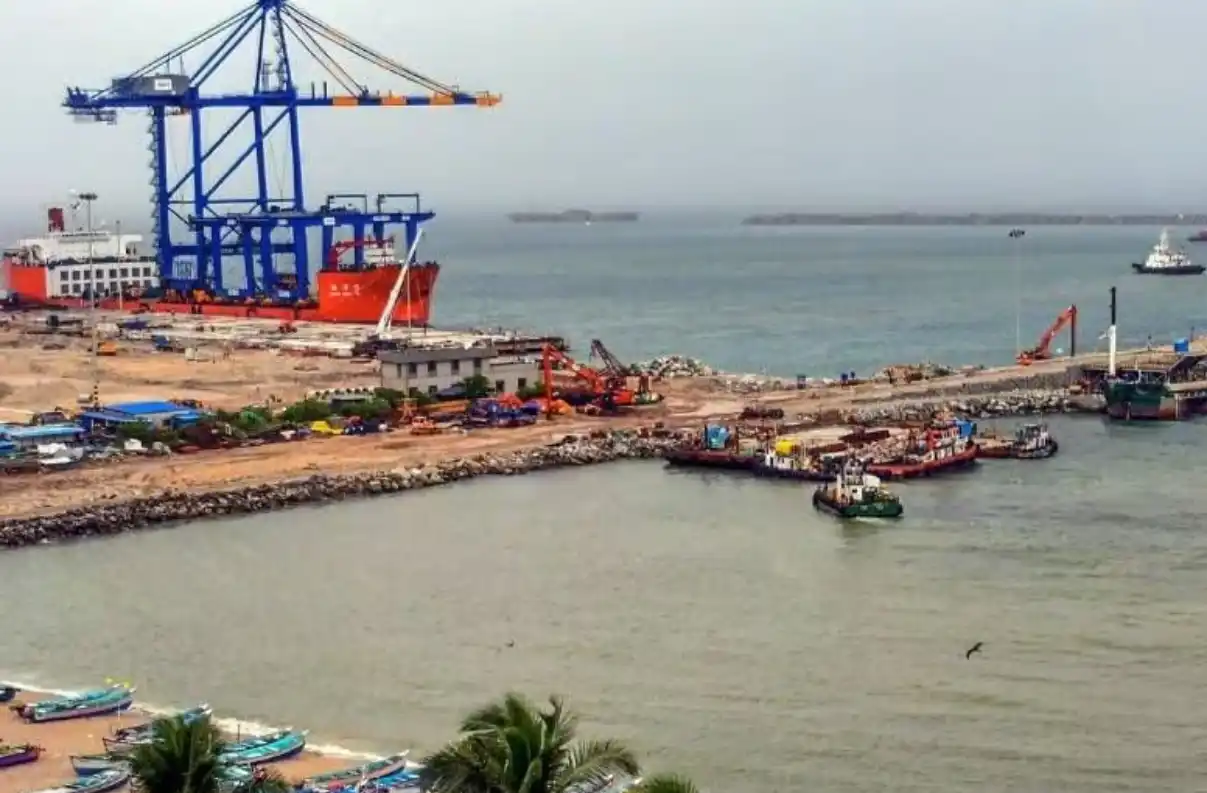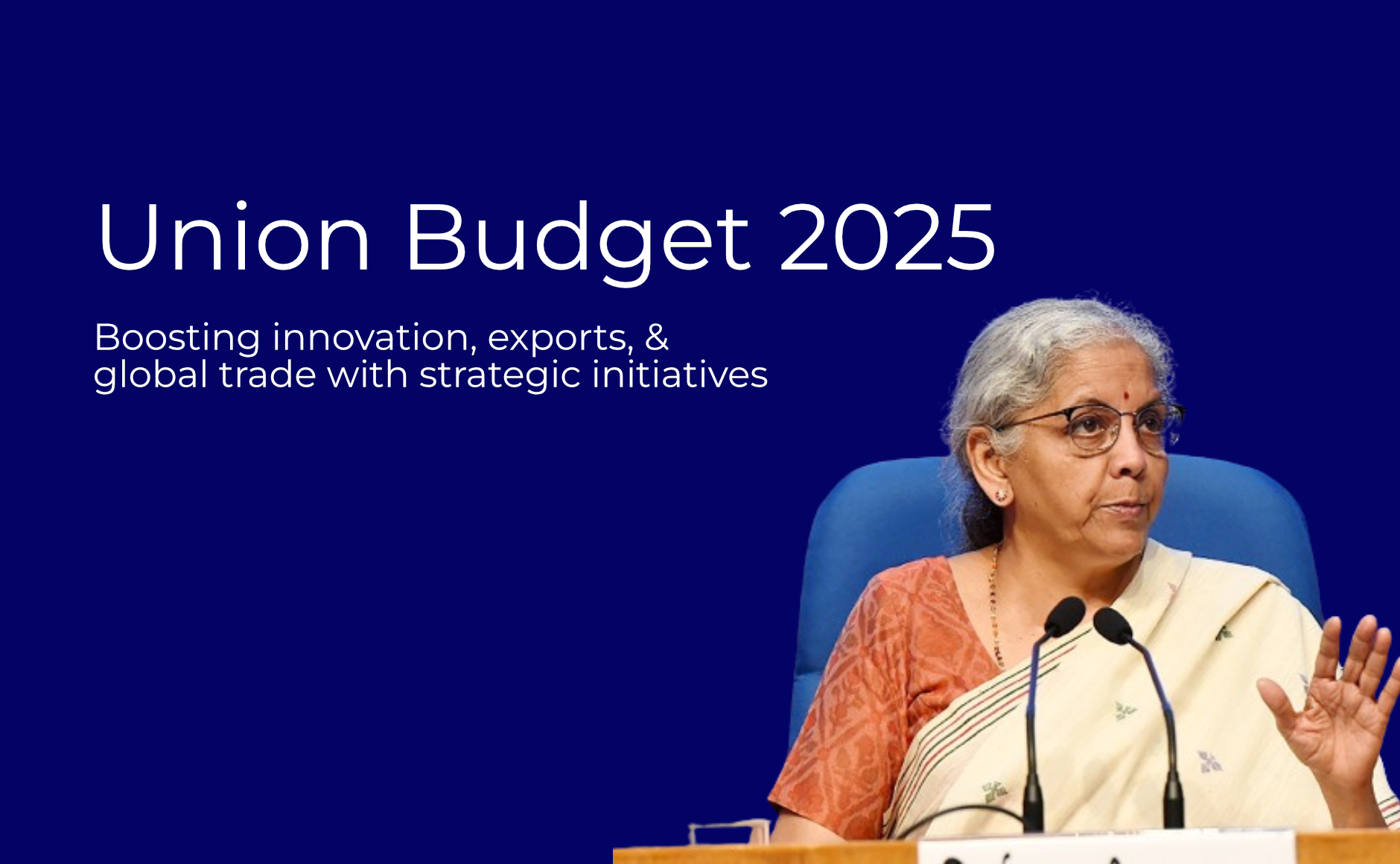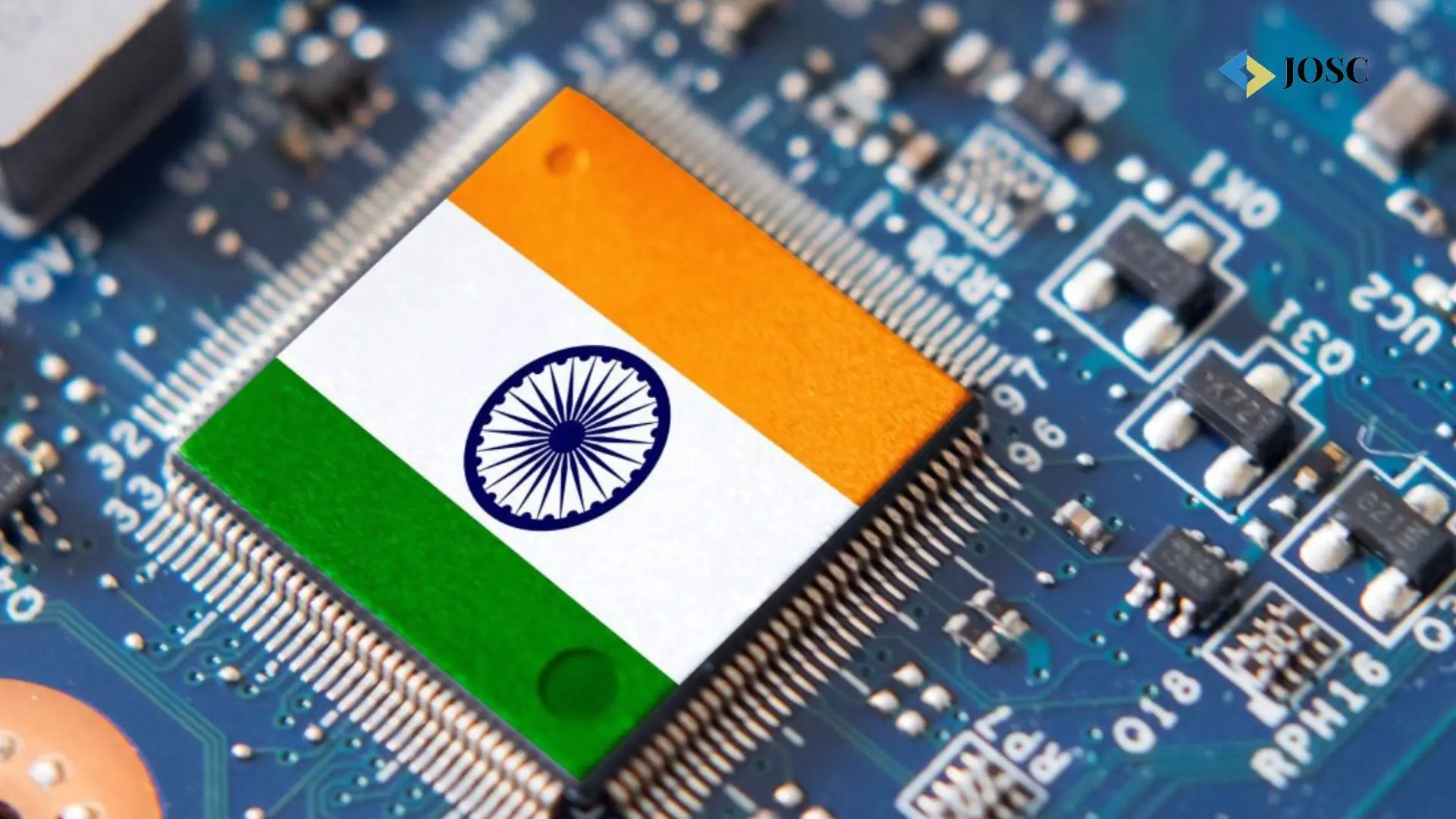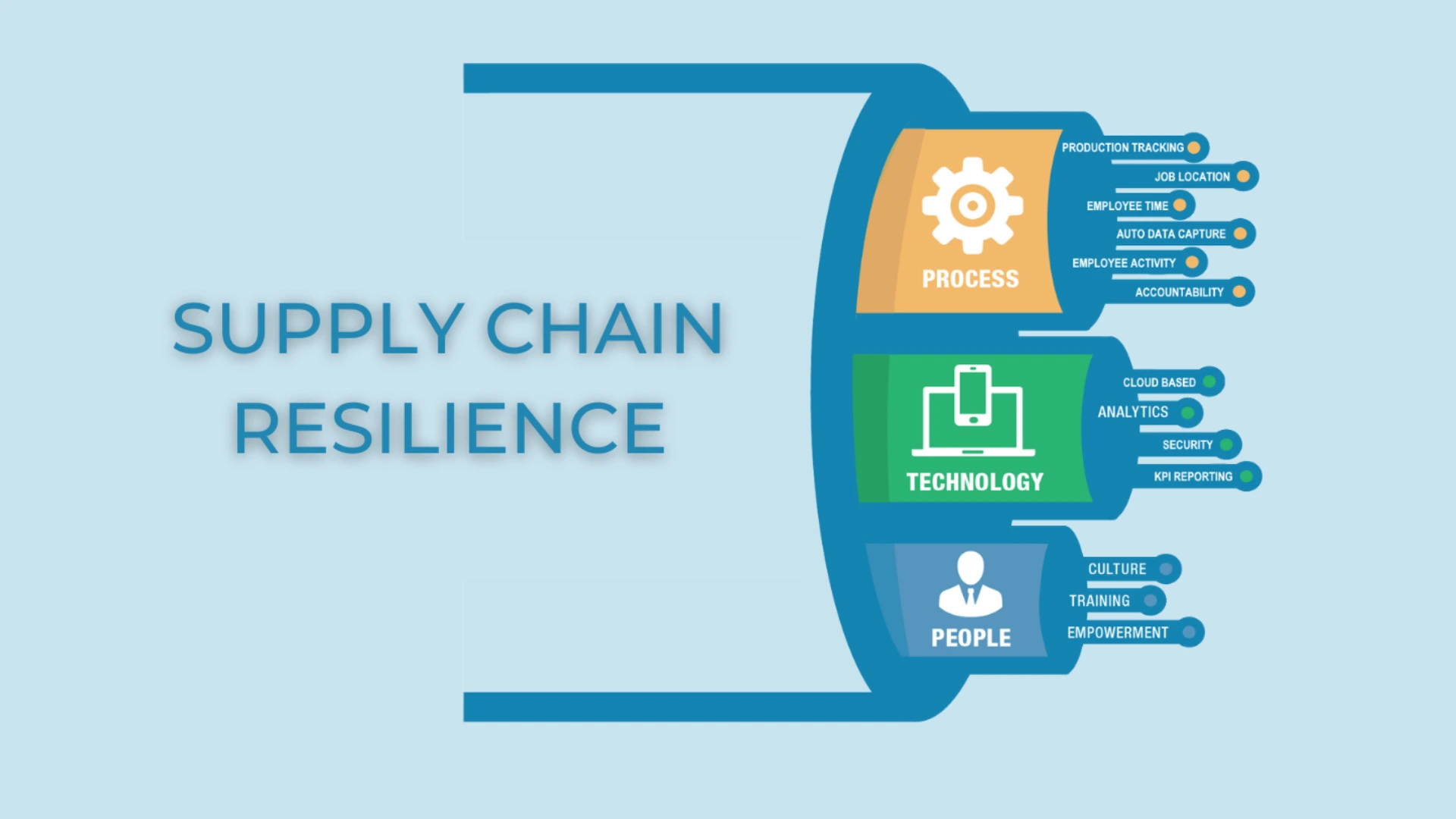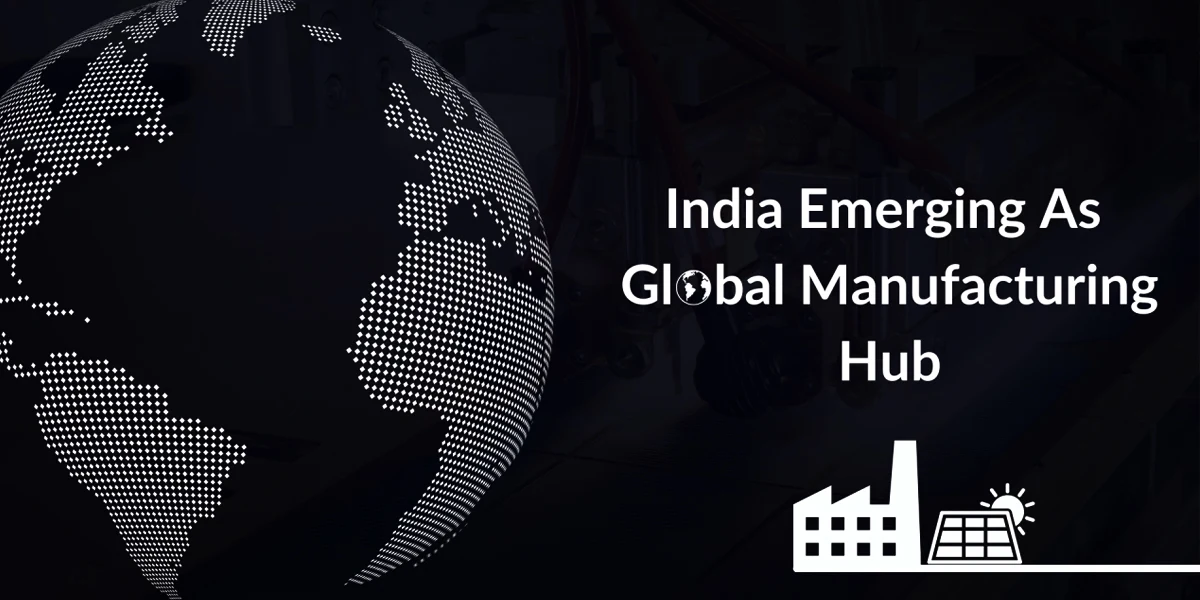Article
Semiconductor War: Where Does India Stand Now?
 Anamika Mishra
[Sub Editor]
Anamika Mishra
[Sub Editor]

The Global Chip Race In 2025, semiconductors have firmly established themselves as the foundation of the global digital economy. From smartphones and electric vehicles to defence systems and AI technologies, microchips are integral to every facet of modern innovation. As geopolitical tensions intensify, especially between the United States and China, semiconductors have become a symbol of strategic power and national security. The world is witnessing a “chip war,” where countries are racing not only to secure chip supplies but to control the means of their production, design, and innovation. In this global realignment, India is stepping up with a bold ambition: to become a credible and self-reliant semiconductor powerhouse. India’s current semiconductor demand stands at approximately USD 52 billion (2024), projected to cross USD 103 billion by 2030, driven by rapid digitization, increased electronics manufacturing, and rising domestic consumption in sectors like automotive, telecom, and consumer electronics. However, nearly 85% of this demand is currently met through imports, mostly from Taiwan, China, South Korea, and the U.S., highlighting a deep vulnerability in India’s tech supply chain. Global semiconductor shortages during the COVID-19 pandemic and the Russia-Ukraine war exposed India’s dependence on imports, pushing policymakers to accelerate efforts toward establishing a domestic semiconductor ecosystem. To address this gap, the Government of India launched the India Semiconductor Mission (ISM) under the Ministry of Electronics and Information Technology (MeitY), with a $10 billion (INR 76,000 crore) incentive scheme. The program aims to develop end-to-end semiconductor manufacturing and design infrastructure in India, from fabs and OSAT (Outsourced Semiconductor Assembly and Test) units to chip design centres. This initiative is supported by state-level semiconductor policies, such as those in Gujarat, Uttar Pradesh, and Tamil Nadu, which offer capital subsidies, land allocation, and plug-and-play infrastructure to global investors. India has already secured strategic investments under this mission. Tata Electronics is setting up a $10.4 billion fabrication facility in Dholera, Gujarat, in partnership with Taiwan’s Power-chip Semiconductor. U.S.-based Micron Technology is establishing a $2.75 billion assembly and testing plant in Sanand, and Foxconn has teamed up with HCL for a display chip unit in Greater Noida. In addition, talks are underway with global players like Tower Semiconductor, AMD, Lam Research, and Renesas, reflecting growing international confidence in India’s policy direction. India’s chip ambition is also intertwined with global geopolitics. As the U.S. and its allies attempt to reduce dependence on China and Taiwan, India is increasingly being viewed as a strategic partner in creating an alternative, resilient supply chain in the Indo-Pacific region. Through frameworks like the US-India Initiative on Critical and Emerging Technologies (iCET) and Quad Semiconductor Supply Chain Initiatives, India is leveraging diplomatic and trade alliances to gain access to cutting-edge semiconductor tech and R&D. India's Semiconductor Ambitions India’s semiconductor industry is rapidly emerging as a strategic pillar in the country’s quest for technological self-reliance and economic transformation. Valued at approximately USD 52 billion in 2024, the Indian semiconductor market is on a steep growth trajectory and is expected to more than double, reaching USD 103.4 billion by 2030, according to industry analysts. This surge is being driven by rising demand in sectors such as smartphones, laptops, electric vehicles, consumer electronics, 5G infrastructure, and the growing adoption of Internet of Things (IoT) devices. However, despite this optimistic outlook, a significant challenge persists—India imports nearly 85% of its semiconductor requirements, heavily relying on
The only supply chain registration you need
Unrivaled context behind every news and article for free.

 Anamika Mishra
Anamika Mishra 